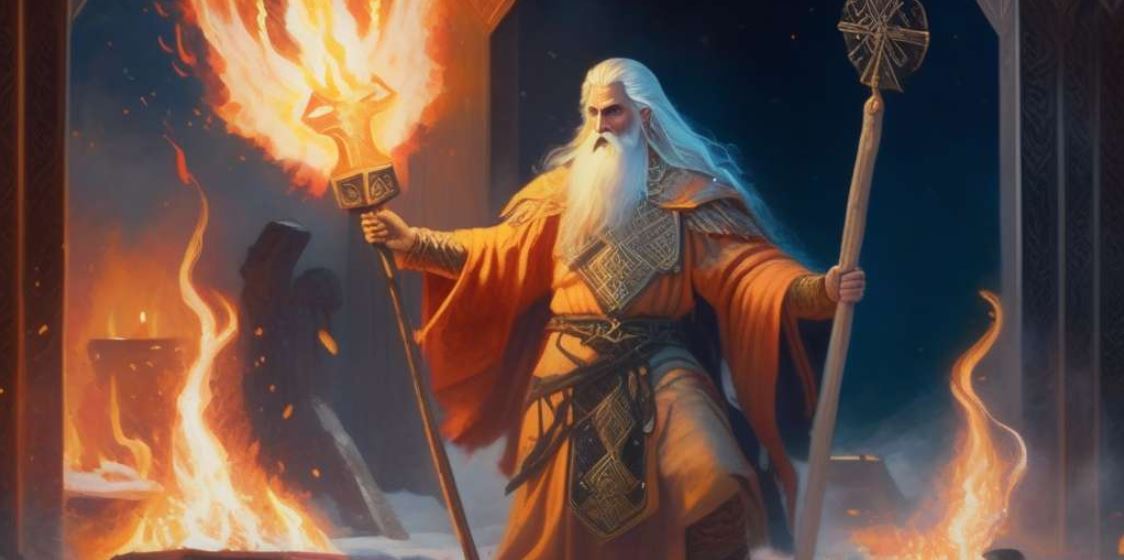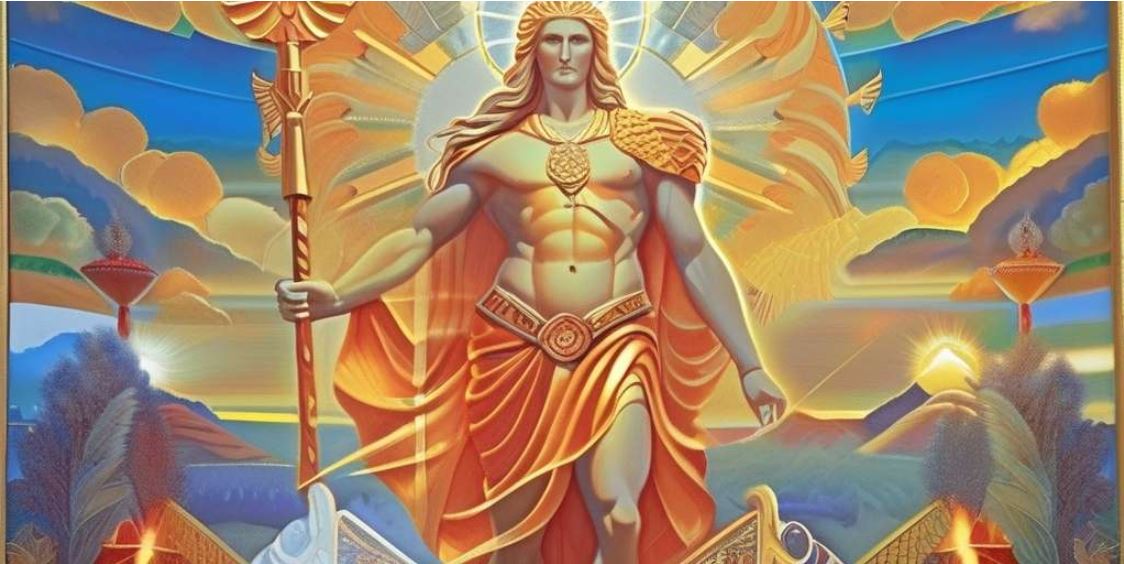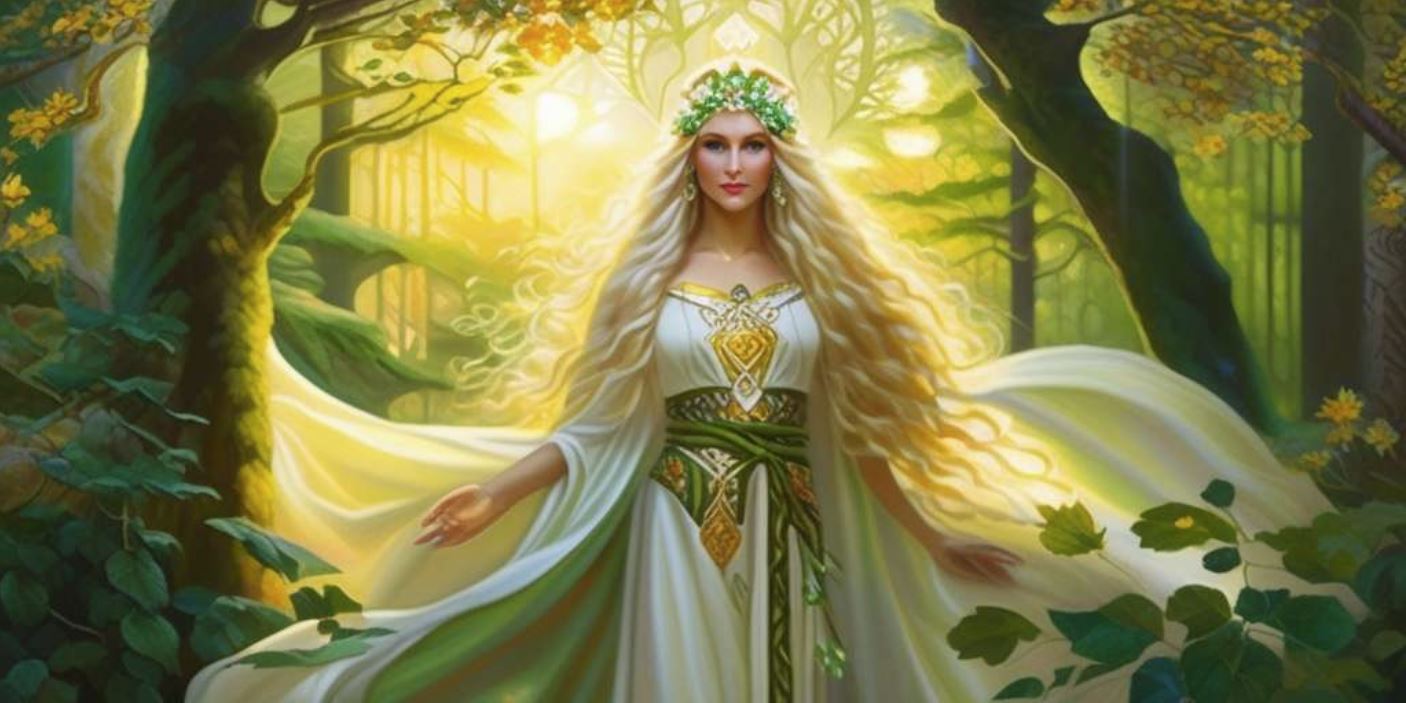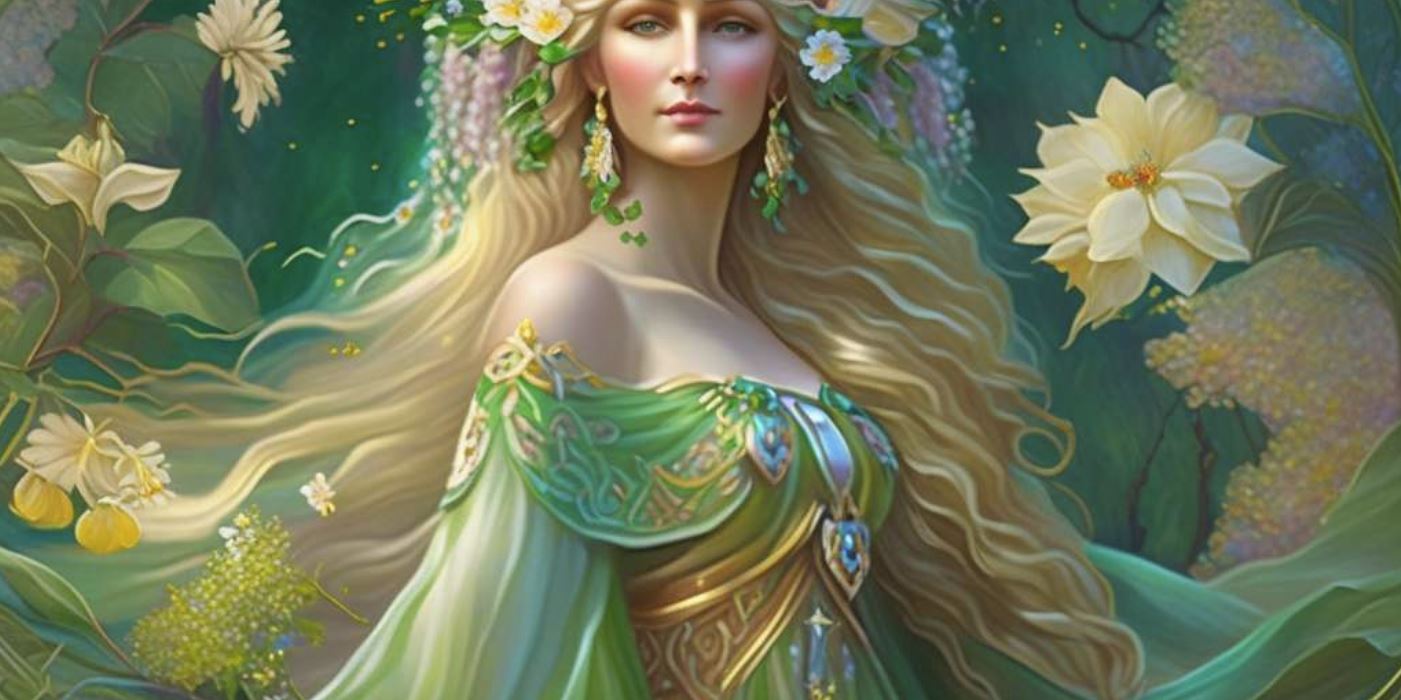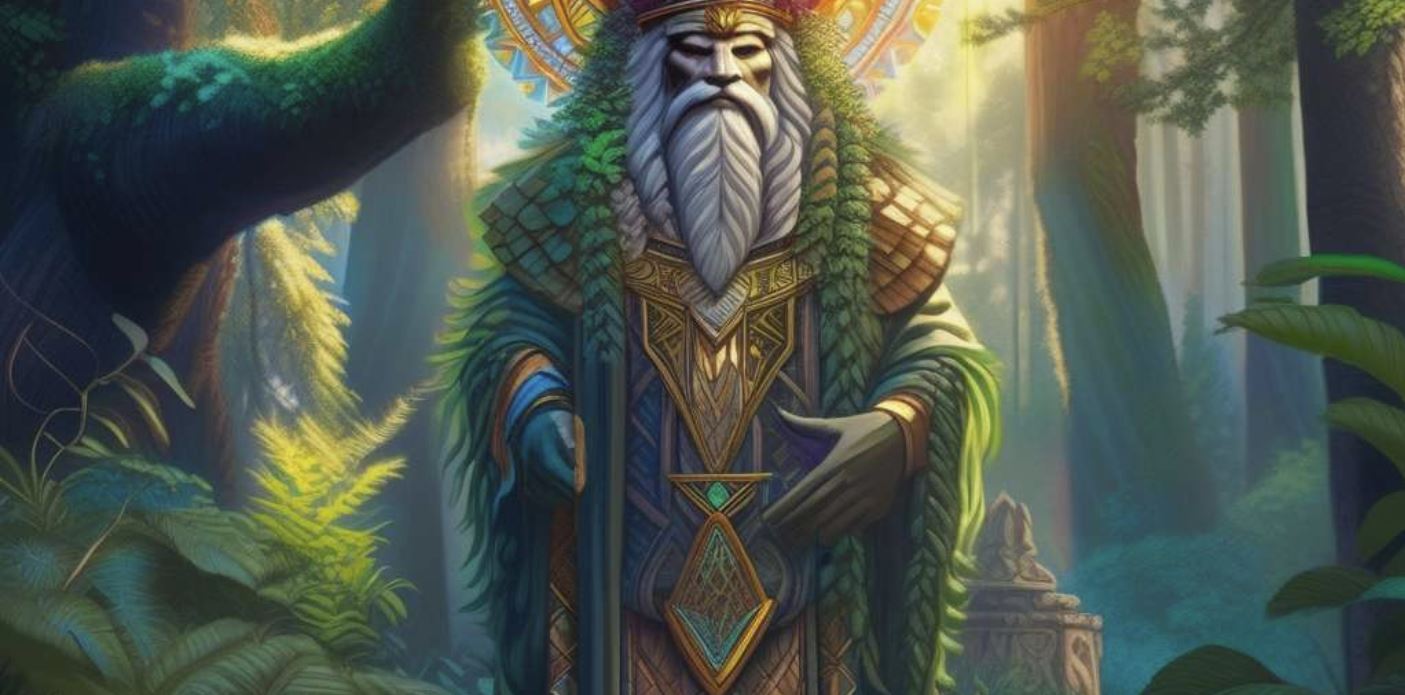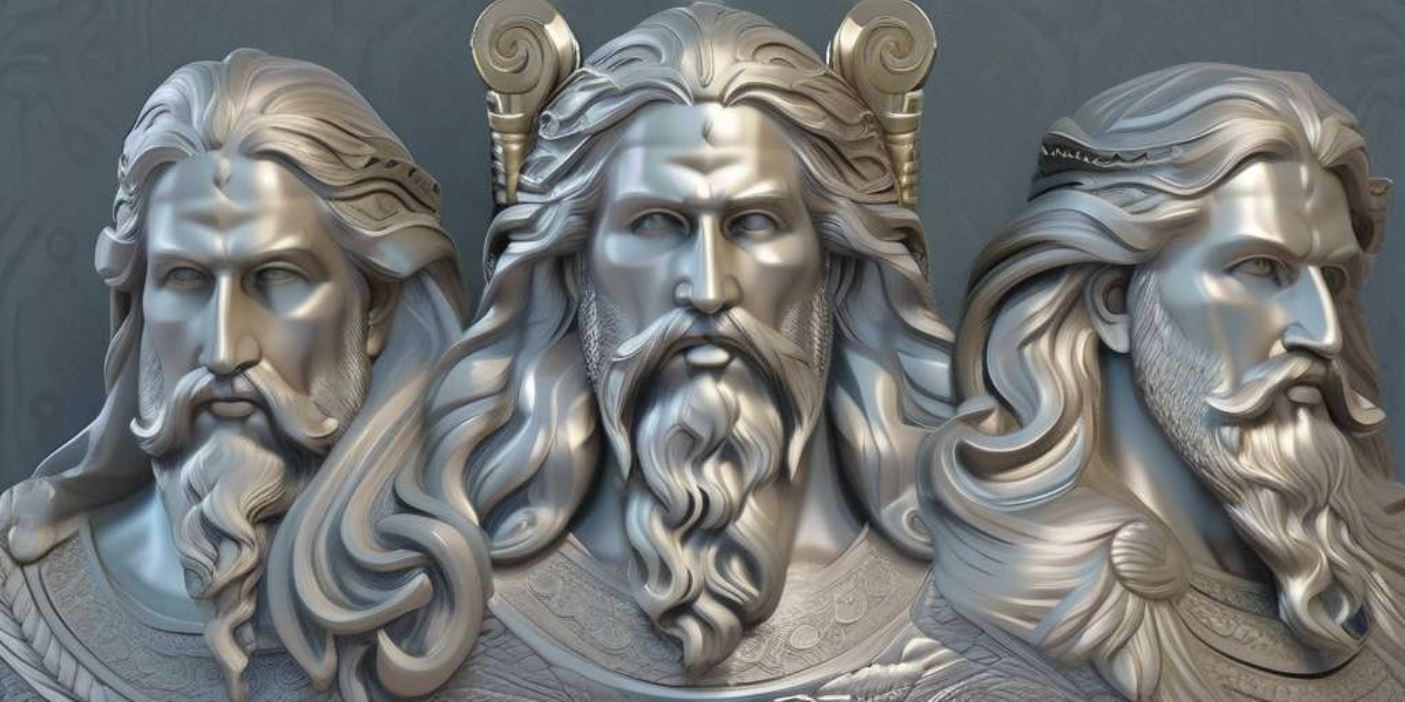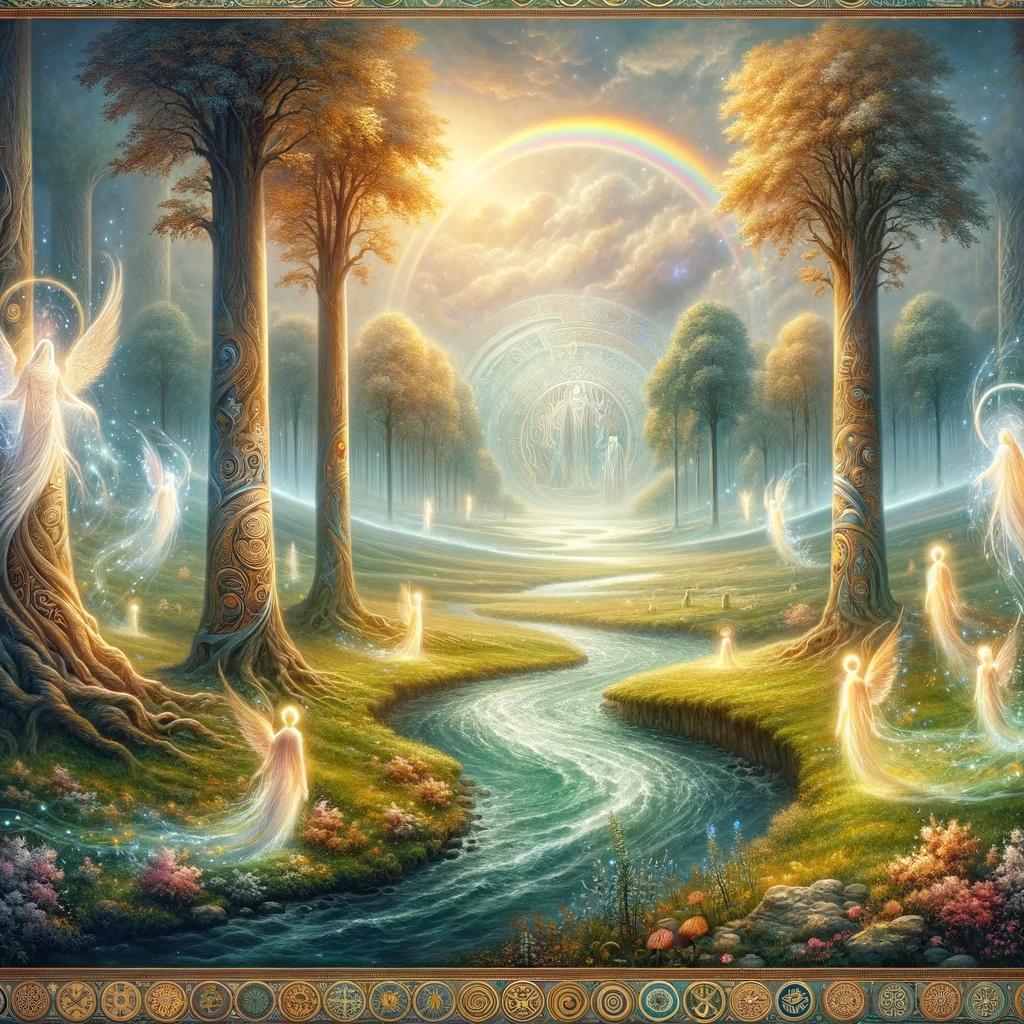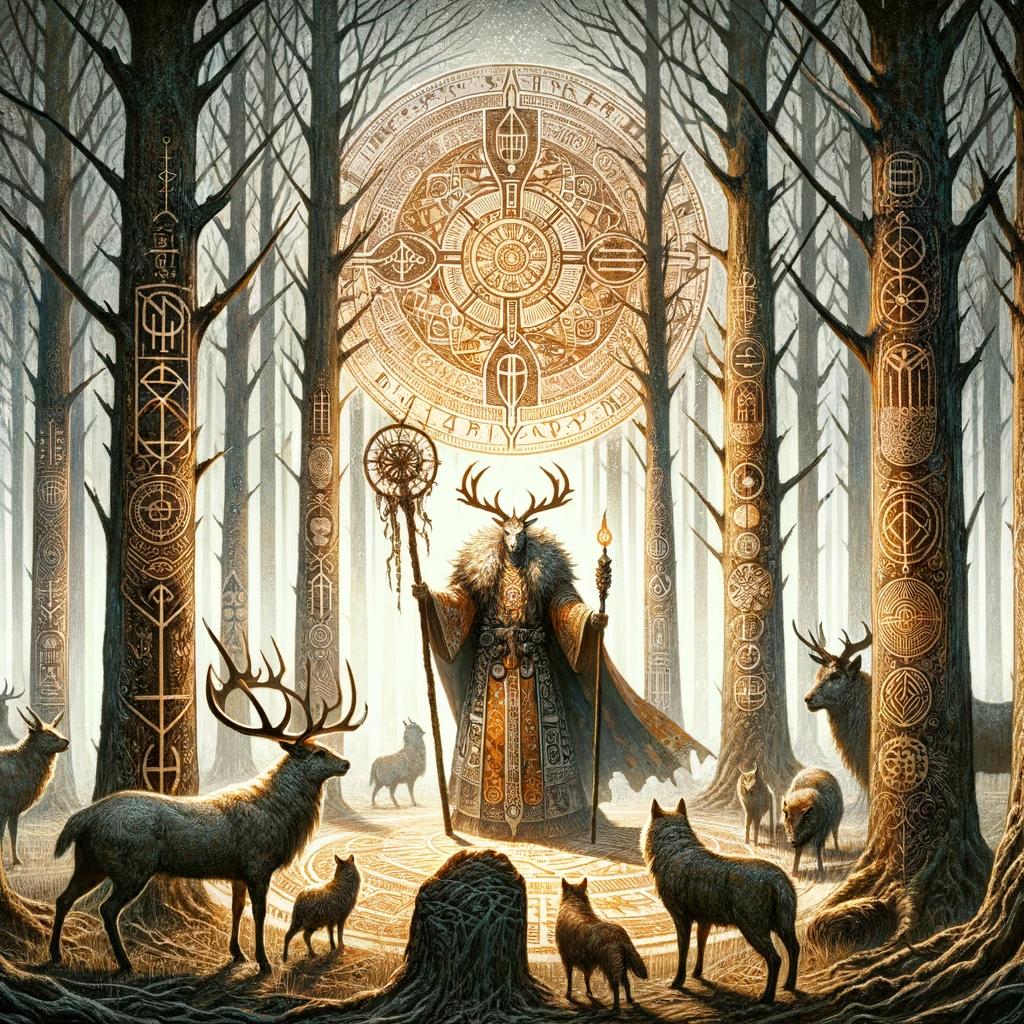Svarog God: Unveiling the Ancient Slavic Deity and His Significance
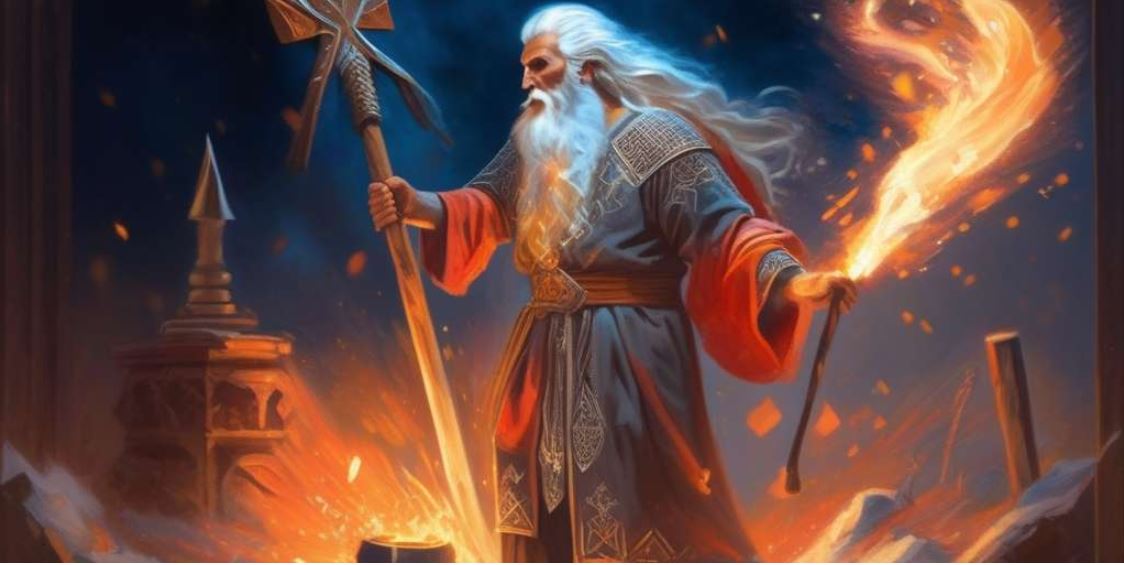
Svarog god is a significant deity in Slavic mythology, associated with fire, blacksmithing, and possibly the sky. Considered a creator god, Svarog is believed to be the father of Dazhbog and Svarozhits. Depictions depict him as an old man with long hair and a white beard, often seen carrying a blacksmith’s hammer.
Svarog’s role in the Slavic pantheon and his influence on Russian and Polish mythology are subjects of interpretation and controversy. While information about Svarog may be limited and sources problematic, his ancient presence continues to captivate followers.
Svarog in Slavic Mythology
Svarog holds a significant place in Slavic mythology, recognized for his prominent roles as the creator god, the wielder of fire and the skillful blacksmith. Let’s explore the origin and significance of Svarog, his portrayal as the creator deity, and his intriguing relationships with other deities.
The Origin and Significance of Svarog
The exact origins of Svarog remain shrouded in mystery, with limited information available. However, in Slavic mythology, Svarog is widely regarded as one of the oldest and most revered deities.
His name is associated with various etymologies, ranging from “fire” to “discussions” or “disagreements.”
Svarog as the Creator God
Svarog assumes a crucial role as the creator god in Slavic mythology. He is believed to have played a pivotal role in the formation of the world and the three realms.
With his divine powers, Svarog is associated with bringing forth life, forging destinies, and shaping the cosmic order.
Svarog’s Relationship with Other Deities
Svarog’s connections with other deities further enrich the complexities of Slavic mythology. As a father, he is associated with Dazhbog, the sun god who brings light and warmth to the world.
Svarog is also related to Svarozhits, often depicted as his son and representing the brilliance of the celestial fire.
Furthermore, his association with fire extends beyond the physical realm. Fire symbolizes not only destruction but also purification and rebirth, representing Svarog’s transformative and regenerative nature.
The Cross of Svarog and Other Symbols
Among the various symbols tied to Svarog, the Cross of Svarog holds particular significance. This symbol comprises a swastika-like motif with interconnected arms resembling a solar cross. It represents the solar energy and the eternal cycle of life, death, and rebirth.
These symbols, intricately linked with Svarog, are a testament to his widespread influence and continued presence in Slavic culture and mythology.
Svarog’s influence extends beyond mythology and has left its mark on historical and cultural aspects. Let’s delve into how Svarog’s presence manifests in toponymy, vocabulary, modern neo-pagan movements, and contemporary literature and media.
The significance of Svarog is evident in the toponymy of various regions. Numerous cities and towns bear names that incorporate references to Svarog, showcasing the lasting impact of this ancient deity.
Despite the scarcity of historical records, there has been a resurgence of interest in Slavic paganism in recent years, including the adoption of Svarog as an important figure in modern neo-pagan movements.
Svarog in Contemporary Literature and Media
His attributes and symbols, such as the Kolovrat, the Cross of Svarog, and the blacksmith’s hammer, often make appearances as compelling elements within these narratives, resonating with readers and viewers.
Interpretations and Controversies
Scholars and historians grapple with piecing together the puzzle of Svarog’s true role and significance in the ancient Slavic pantheon.
One of the main challenges in deciphering Svarog’s mythology is the scarcity of detailed information available. The sources that do exist often present conflicting accounts, making it difficult to form a complete and cohesive understanding of the deity.
Historians and researchers face the daunting task of sifting through fragmented legends, folk tales, and historical accounts to extract valuable insights into Svarog’s nature and attributes.
Svarog’s Role in the Slavic Pantheon
Svarog’s precise role and position within the Slavic pantheon remain ambiguous. Some interpretations consider him to be the oldest of the Slavic gods, attributed with the creation of the world and the three realms.
However, there are alternative theories that suggest Svarog’s prominence diminished over time as younger deities took center stage. The shifting dynamics within the pantheon and the influence of other powerful gods contribute to the complexity surrounding Svarog’s exact role.
Svarog’s Influence on Russian and Polish Mythology
Svarog’s influence on Russian and Polish mythology, as well as other Slavic cultures, can be seen in various aspects. In toponymy and vocabulary, names of cities and towns incorporating the term “Svarog” hint at the deity’s enduring significance in folklore and local traditions.
Additionally, Svarog’s association with fire and blacksmithing continues to resonate, as it forms a part of the cultural identity and symbolism within these regions.
Overall, the interpretations and controversies surrounding Svarog in Slavic mythology reflect the ongoing quest to unravel the complexities of ancient belief systems. While limited information and conflicting sources pose challenges, the significance of Svarog in the Slavic pantheon and his influence on Russian and Polish mythology cannot be disregarded.
Svarog God: Frequently Asked Questions
Was Svarog considered the oldest Slavic god?
In Slavic mythology, Svarog is indeed revered as the oldest god. He is believed to have played a crucial role in the creation of the world and the three realms.
As the father of Dazhbog and Svarozhits, Svarog holds significant importance in the Slavic pantheon.
How was Svarog associated with the creation of the world?
Svarog is regarded as a creator god in Slavic mythology. He is attributed with the power to shape and form the world. It is believed that Svarog employed his blacksmithing skills to forge the celestial bodies, giving birth to the sun, moon, and stars.
His association with fire further solidifies his role in the creation of the world.
What were the attributes and symbols associated with Svarog?
- Svarog is often depicted as an elderly figure with long hair and a white beard, symbolizing wisdom and authority.
- He is commonly portrayed carrying a blacksmith’s hammer, representing his association with craftsmanship and creation.
- Fire is a prominent symbol associated with Svarog, emphasizing his connection to the elemental force and transformation.
- Several talismans and amulets, such as the Kolovrat, the Cross of Svarog, and the Hammer of Svarog, are also linked to his worship.
These attributes and symbols highlight the multifaceted nature of Svarog as a deity encompassing fire, blacksmithing, creation, and wisdom.
………..

